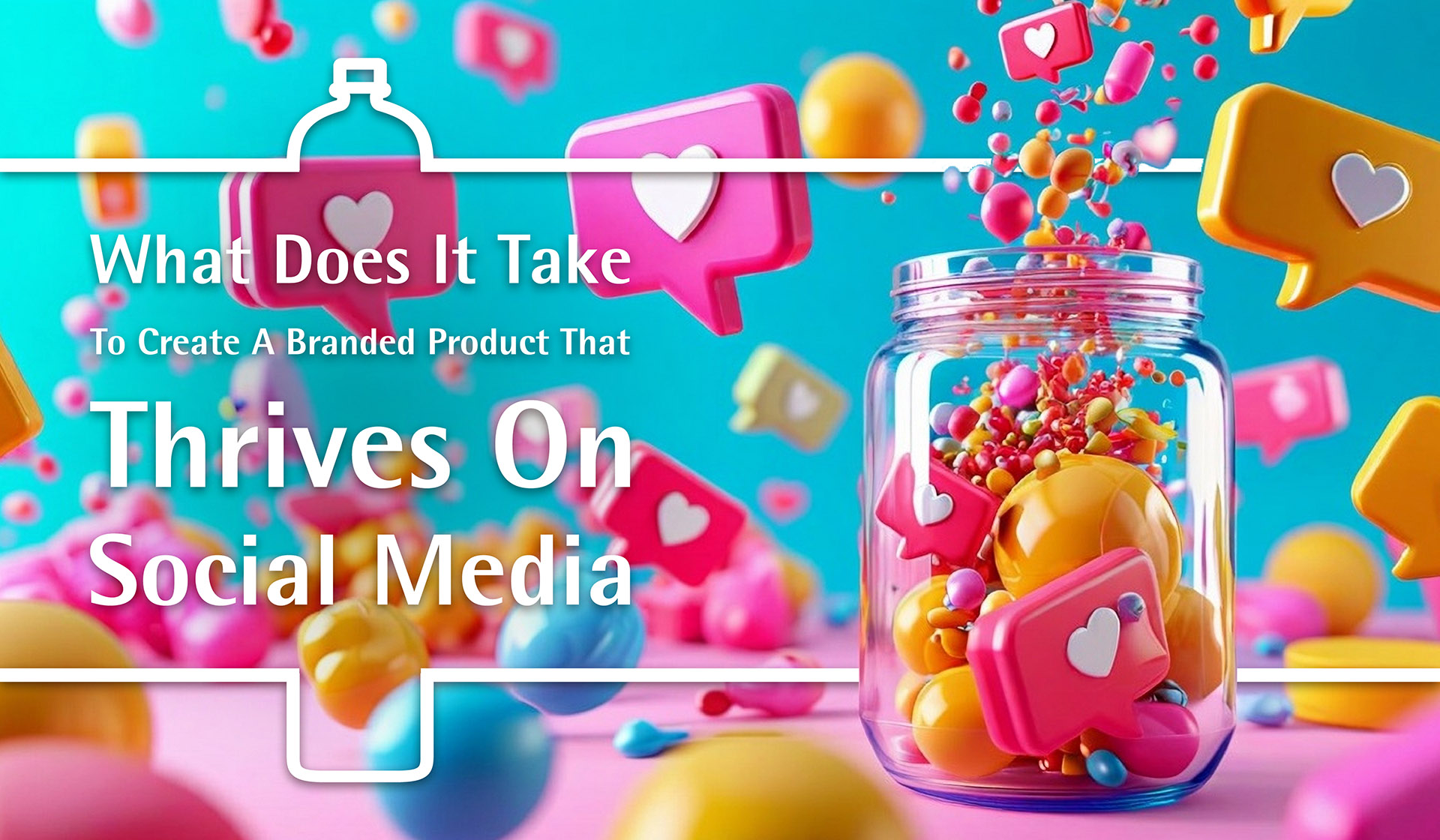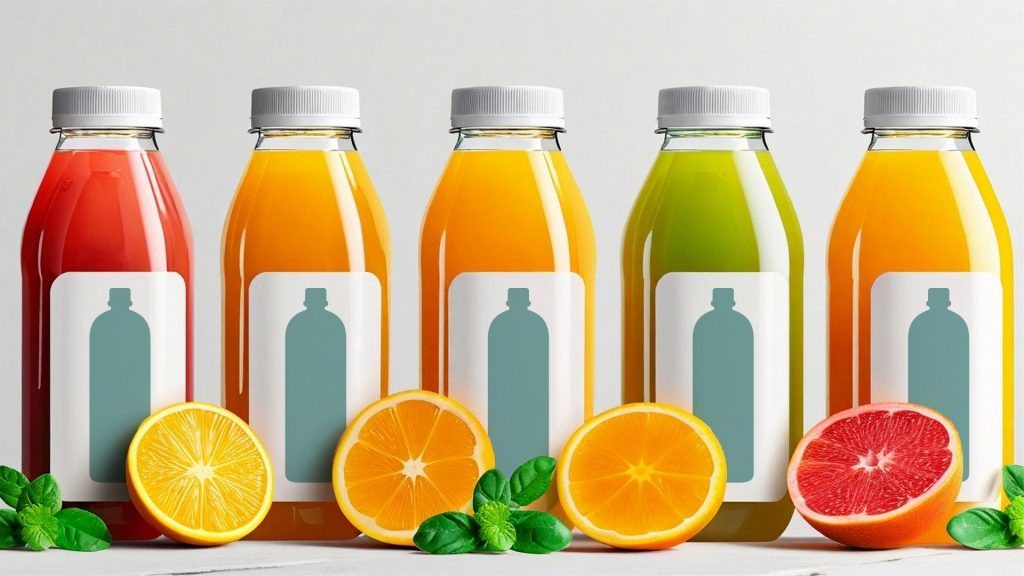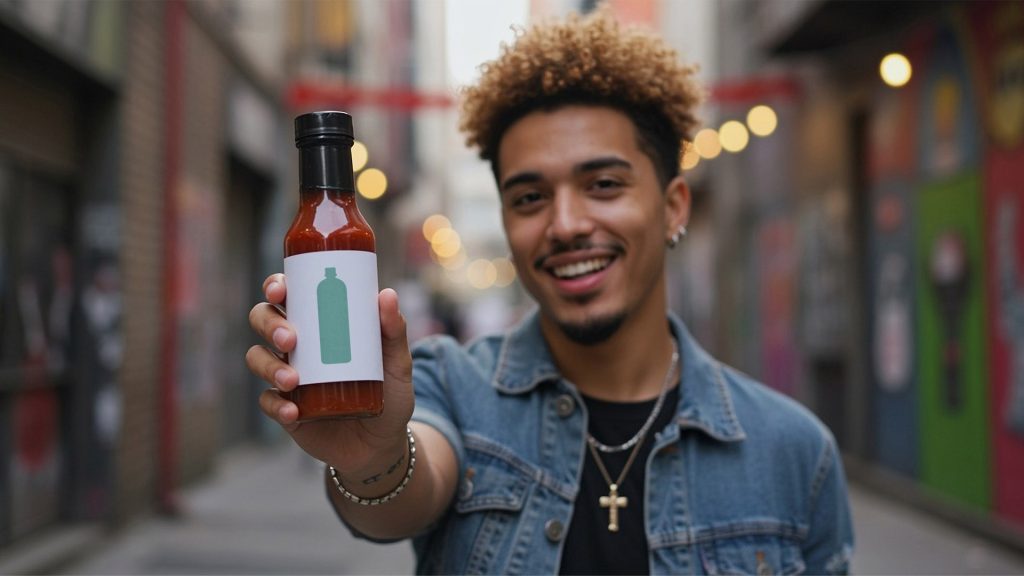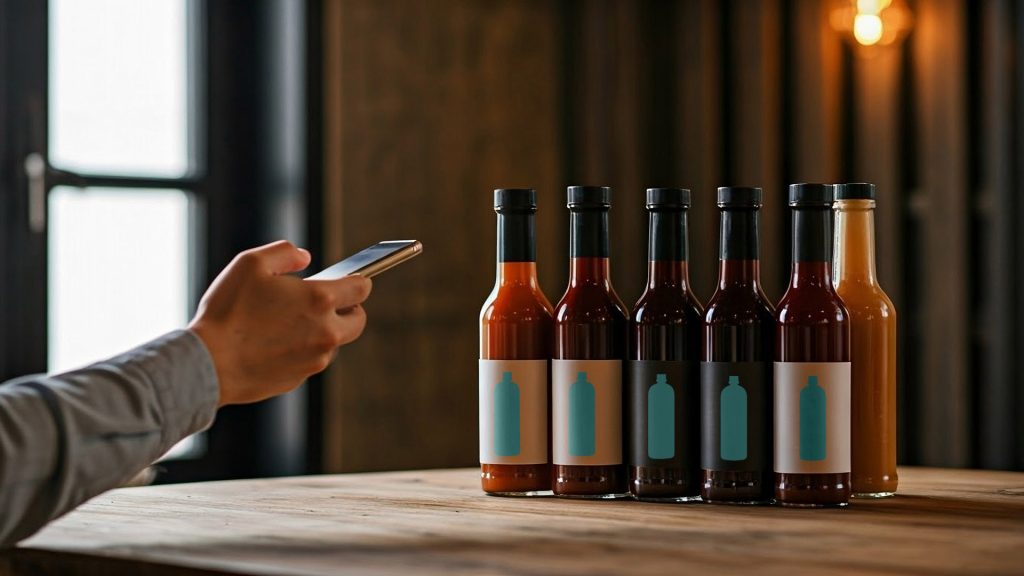What Does it Take to Create a Branded Product That Thrives on Social Media?

Creating a branded product that thrives on social media requires more than just a great product. It demands a strategic combination of visual appeal, influencer collaboration, platform-specific engagement, and innovative packaging. With billions of active users across various platforms, social media is an essential marketing tool for brands looking to build recognition, foster customer loyalty, and drive sales.
For businesses that sell consumer packaged goods (CPG), particularly those packaged in glass or plastic containers, leveraging social media effectively can make the difference between obscurity and viral success. This article explores what it takes to create a social-media-friendly branded product, featuring examples of viral brand campaigns, influencer partnerships, and the crucial role of stylish, functional packaging.

Understanding the Social Media Landscape for Branded Products
Each social media platform operates differently, offering unique opportunities to engage with audiences. To create a product that thrives, brands must understand the nuances of these platforms and how they influence consumer behavior.
- YouTube: Video is king here, making it an ideal platform for product tutorials, unboxings, behind-the-scenes looks, and educational content. Long-form storytelling and influencer collaborations perform well, helping brands establish trust and authority.
- Facebook: With its vast user base and diverse content options, Facebook is excellent for community building, social proof (via customer reviews), and paid advertising. Interactive elements such as polls and Facebook Groups further enhance engagement.
- Instagram: A visual-first platform, Instagram is perfect for showcasing aesthetically pleasing packaging, product photography, and short-form video content through Stories and Reels.
- TikTok: The home of viral trends, TikTok is crucial for brands that want to reach younger audiences through quick, engaging, and often humorous video content. Challenges, duets, and user-generated content work well here.
- Pinterest: A search-driven platform, Pinterest is ideal for brands that want to attract customers looking for inspiration. High-quality, shareable product images and lifestyle shots drive engagement.
- Bluesky: While still in its early stages, this decentralized social media platform presents opportunities for brands looking to explore new, niche communities.

Case Studies: How Brands Have Thrived on Social Media
To understand what makes a branded product go viral, let’s examine brands that have successfully leveraged social media platforms to build recognition and drive sales.
1. Glossier: User-Generated Content as a Growth Strategy
Glossier is a prime example of how a brand can grow by focusing on its community. Instead of relying on traditional advertising, Glossier built its brand through user-generated content (UGC). Customers eagerly shared their skincare routines, posted aesthetically pleasing product shots, and left glowing reviews—all of which were amplified by the brand’s social media presence. The result? A cult-like following that made Glossier a household name.
2. Daniel Wellington: The Power of Influencer Marketing
Swedish watch brand Daniel Wellington disrupted the watch industry by using micro-influencers on Instagram. The brand sent free watches to influencers in exchange for stylish photos featuring the product. By using a combination of discount codes and influencer partnerships, Daniel Wellington created a social media strategy that felt both organic and aspirational, leading to massive growth.
3. Drunk Elephant: Aesthetic Packaging for Instagram-Worthy Posts
Drunk Elephant, a skincare brand, understood that packaging plays a crucial role in social media success. Their bright, minimalist, and color-blocked containers made their products instantly recognizable and highly shareable. The brand encouraged customers to post pictures of their skincare routines, turning their packaging into a viral marketing tool.
4. Oatly: Playful Branding and Engaging Social Content
Oatly, an oat milk brand, set itself apart with witty, conversational branding and quirky social media posts. Its packaging, covered with humorous yet informative text, became a core part of its brand identity. Oatly’s success on Instagram and TikTok can be attributed to its willingness to engage in bold, unfiltered conversations with its audience.

The Role of Social Media Influencers in Branding Success
Influencers are powerful allies for brands seeking to expand their reach. A well-executed influencer partnership can expose a brand to thousands or even millions of new potential customers. However, to be effective, these partnerships must be authentic, strategic, and aligned with brand values.
Finding the Right Influencers
Brands can use several methods to identify influencers who align with their target audience:
- Influencer Databases: Platforms like Aspire, Upfluence, and Traackr allow brands to search for influencers based on niche, engagement rate, and audience demographics.
- Influencer Agencies: Companies such as Viral Nation and Obviously specialize in connecting brands with influencers and managing campaigns.
- Social Media Analytics Tools: Tools like Hootsuite and Sprout Social help brands track influencer engagement and performance metrics.
Successful Social Media Influencer Collaborations
- Coca-Cola & TikTok: Coca-Cola leveraged TikTok influencers to create the #ShareACoke campaign, encouraging users to post videos featuring personalized Coke bottles. The campaign garnered millions of impressions and UGC.
- Function of Beauty & YouTube: The customizable haircare brand partnered with beauty YouTubers to showcase their personalized shampoos and conditioners, demonstrating product effectiveness in real-life scenarios.
- LaCroix & Instagram: LaCroix built a lifestyle brand by working with health-conscious influencers who shared vibrant, refreshing images of the beverage, reinforcing its appeal as a trendy, zero-calorie drink.

The Importance of Packaging for Social Media Success
A product’s packaging can make or break its success on social media. If a product isn’t visually appealing, it’s unlikely to be shared. Brands should consider the following when designing packaging:
- Eco-Friendly Materials: Sustainable packaging resonates with environmentally conscious consumers and is more likely to be shared.
- Aesthetic Appeal: Visually striking designs and bold typography make packaging stand out in images and videos.
- Interactive Elements: QR codes, augmented reality features, and hidden messages inside packaging can enhance customer engagement.
- Functionality: Packaging that is easy to use, resealable, or reusable increases the likelihood of positive social media mentions.

How BottleStore.com Supports Emerging Brands
For brands looking to create standout products, BottleStore.com is a trusted partner in packaging innovation. With a vast selection of glass and plastic containers, the company provides:
- Sustainable Solutions: Eco-friendly packaging options that appeal to environmentally conscious brands and consumers.
- Bulk and Wholesale Availability: Small businesses and startups benefit from cost-effective bulk purchasing options, ensuring consistency in branding.
- Educational Resources: BottleStore.com provides extensive education content through The Bottle Blog, helping brands learn about and select the perfect packaging to enhance their social media presence and appeal.

Final Thoughts
Thriving on social media requires a dynamic approach that blends creative content, influencer collaboration, and strategic packaging decisions. Brands that understand their audience and leverage platform-specific strategies will have a higher chance of making an impact.
Innovative packaging plays a crucial role in this process, as it determines how shareable and engaging a product appears online. By working with experts like BottleStore.com, brands can craft packaging that not only looks great but also reinforces their brand identity and resonates with social media users.
As social media continues to evolve, brands must stay adaptable, embracing new trends, platforms, and technologies to remain relevant. Those that do will not only grow their online presence but also build lasting customer loyalty, turning one-time buyers into lifelong advocates.
